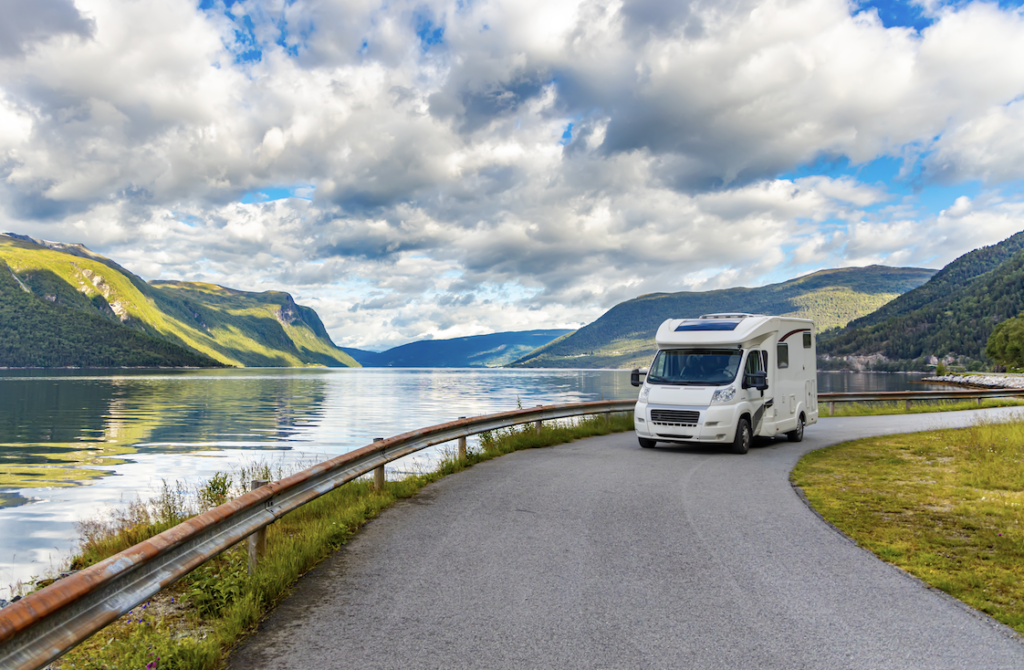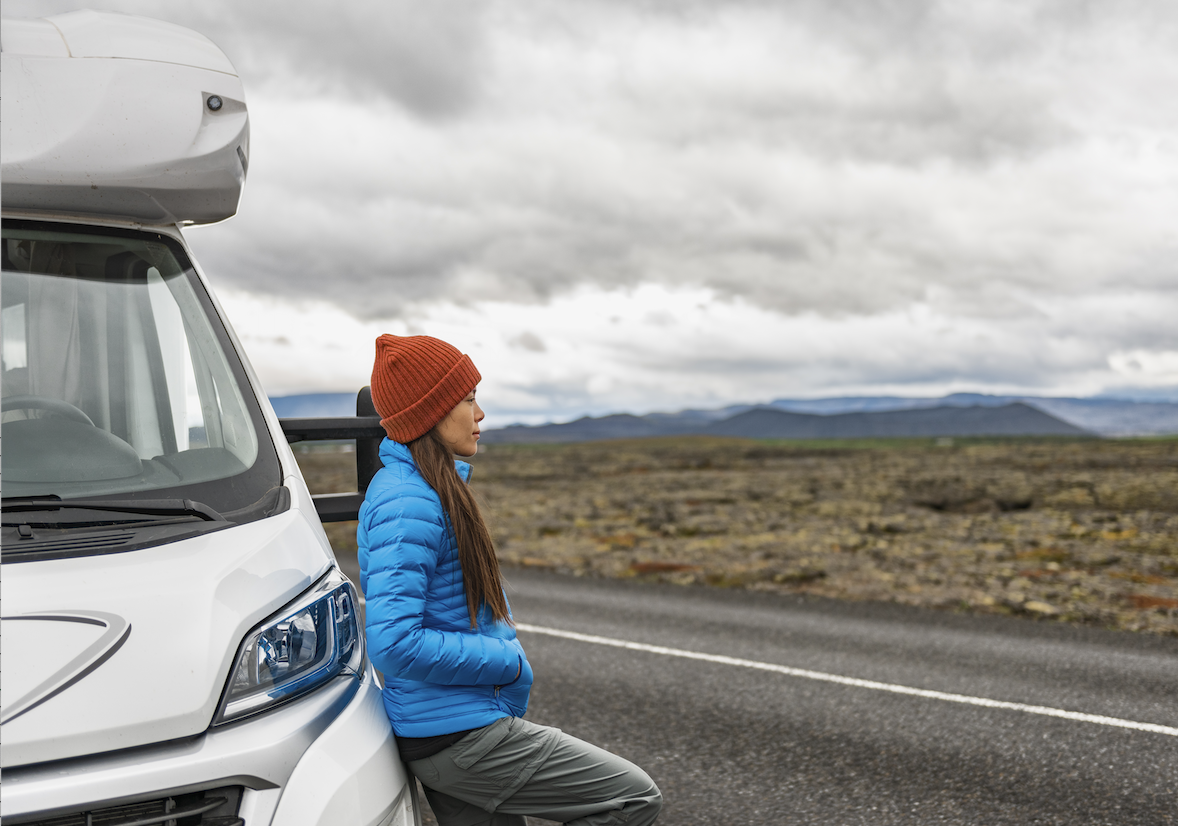Motorhome and Campervan – (Recreational Vehicle – RV) driving tips
There has been a considerable rise in campervans and motorhomes on the roads, especially since Covid, and more people are re-discovering the beauty of the UK and choosing to avoid the busy airports and foreign package holidays. From converted transit-style vans to factory-built RVs, there are many varieties on the roads, with some amazing designs making the best of small spaces to really make your valuable time off feel like a real home from home. While growing numbers of people are considering buying a motorhome, the thought of driving one is off-putting if they have yet to experience driving anything larger than a car.
If you can confidently drive a car, you can drive a motorhome; you need to get used to the size and the lack of rearview mirror initially. If you plan to hire or buy a motorhome, then hiring a van of a similar size for a day from your local hire company will make a world of difference in your ability to drive your own vehicle. We carry out hundreds of courses for drivers who are new to campervan and motorhome driving, and we often train them in hired vans before they buy or hire their own. You can learn more about these courses here.

Licence requirements
If your intended motorhome is under 3.5 tons, you will be able to drive it on your full UK licence (automatic only if your licence is automatic). If the motorhome is over 3.5 tons but below 7.5 tons, it will require a C1 licence unless you have held your full UK licence since before 1997. In that case, you have ‘grandparents rights’ and will not have to apply for a C1.
Size management and visibility
You will need to familiarise yourself with the size of your vehicle, and it will be significantly bigger than your car. Walk around it many times and check where your blind spots are in your mirrors. It is good to have another person with you to do this so they can walk up behind until you can no longer see them, then get out and see where that is so you can actually see the distance. The size will need extra space for all manoeuvres, so it is vital to be aware of everything in your surroundings and extra vigilant, making good use of your mirror at all times. Most motorhomes will have rearview cameras, so it is good practice to get used to using them.
Reversing and Turning
The size of your motorhome will determine just how much extra space you will need for reversing and turning, with a different approach depending on the length. An extra wide berth for turns will be required, and it is vital to be cautious when turning into busy roads to ensure that you have enough room from oncoming traffic if you need to cross the middle line. Good mirror work and using your rear camera are essential for safe reversing; it is better to get out and walk the area you want to reverse into; this will help with your blind spots.

Speed and Braking
Your motorhome will be capable of keeping up with traffic, but it will feel like a freight train in your hands at first, so it is important to really familiarise yourself with its weight and how it handles at speed. It can run away with you on downhill slopes, so using gears to help with braking and speed control is vital. With speed comes the need to brake; the heavier the motorhome, the more braking distance will be needed, so it is essential to always leave plenty of space between you and the vehicle in front at all times.
Vehicle checks before setting off
- Tyre pressures and condition/spare and or inflation kit
- Check all fluid levels- oil/coolant/brake fluid
- Check all bulbs, make sure they are all working as they should/spares/fuses
- Test your brakes for any noises or unresponsiveness
- Check battery levels
- Adjust all mirrors for the best visibility for the driver – esp. if you are sharing the driving
Safety Equipment
- Fire extinguisher/in date and tested and accessible
- First aid kit/fully stocked
- Breakdown kit/ High vis/warning triangle/spare tyre/fuses/bulbs
- Check gas lines and electrical system for any loose connections or leaks
On the Journey
- Make sure you adhere to all speed limits, and remember you may require more time to lower your speed or stop
- Be extra cautious in adverse weather, winds, or stormy weather that can make handling a high-sided motorhome harder.
- Make sure you plan your route well, taking into consideration any weight or height restrictions. There should be plenty of space for you to stop for breaks when needed.
- Make sure that when packing your motorhome, you distribute the weight evenly where possible. This will help to stop any issues, especially when cornering
- Be aware of the added swing from the tail when turning, especially in tight spaces
- Always try to use the help of another person when reversing if you do not have a reversing camera
- Use the low gears on hills to maintain control
- If towing, it is vital to make sure that the trailer is securely attached and does not exceed the total weight capacity
Driving a campervan or motorhome is all about confidence and practice, it is a fabulous way to spend a holiday and for many a way of life. Don’t let a lack of confidence hold you back from the open road!

